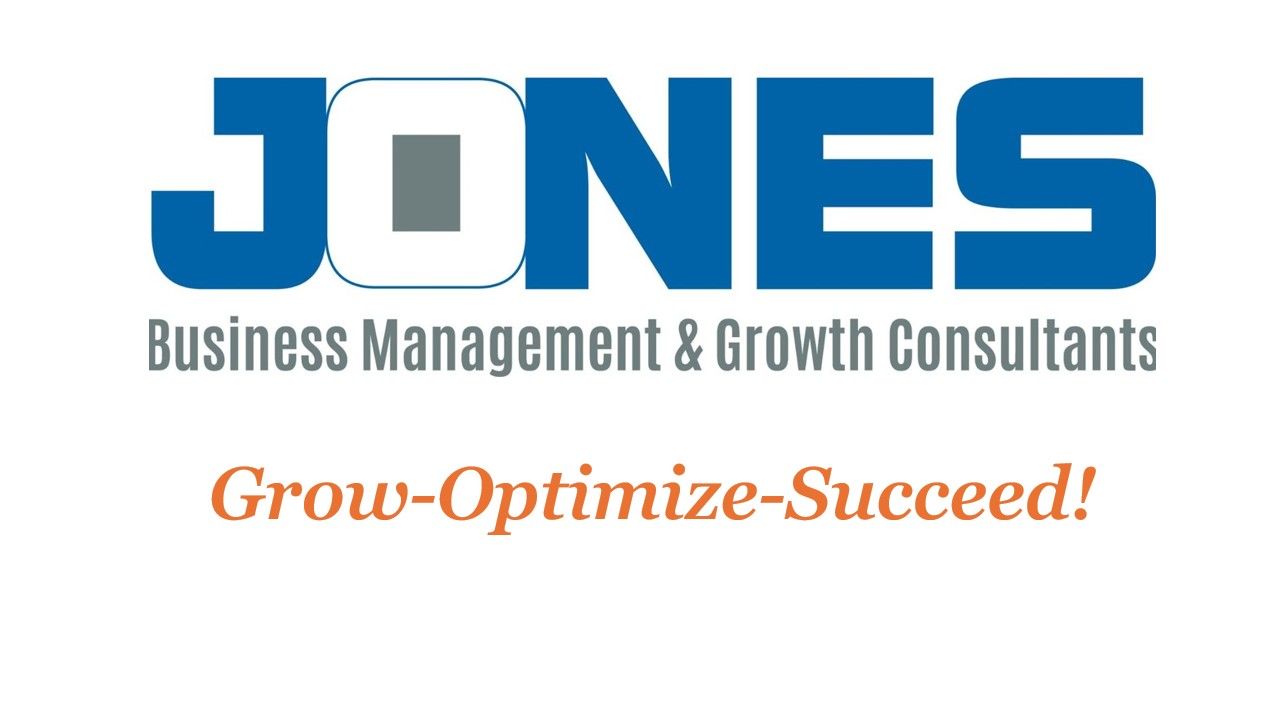Getting Out of the Field and Back Into Strategy Mode-Part 2
Part 2: Creating Systems and Processes to Sustain Growth

Recap from Part 1:
In the first part of this blog series, we explored why business owners, especially in service-based industries like HVAC, plumbing, and property management, get pulled into fieldwork. We also discussed how this limits long-term growth and identified the first steps to break free, including delegating tasks and building a trustworthy team. Now, it’s time to dive into the next essential piece of the puzzle: creating systems and processes that will allow your business to run smoothly, whether you’re directly involved or not.
Why Systems Are Critical to Growth
Without systems and processes, your business relies on you to make every decision and complete every task. This leaves you stuck in the daily grind, unable to focus on long-term strategy. Systems create consistency, allowing your team to follow established procedures and make decisions without your constant oversight. They free up your time, prevent errors, and—most importantly—make your business scalable.
When you think of a successful business, it’s not just about offering a great product or service. It’s about having the right framework in place to ensure that the quality of your work remains high, no matter who is performing the task. This is where systems and processes come in.
What Are Systems and Processes?
Let’s break it down:
- Systems: These are the broad, repeatable structures that allow your business to operate efficiently. They might include a scheduling system, customer relationship management (CRM), or even inventory tracking. Think of systems as the building blocks of how your business functions.
- Processes: These are the step-by-step instructions within your systems that tell your employees exactly how to complete tasks. For example, a process might outline how a technician completes a service call, including all necessary steps, from arrival to invoicing.
By having both systems and processes in place, you’re giving your team the tools they need to work independently and consistently. Let’s dive into how you can start building these in your own business.
Step 1: Identify Repetitive Tasks
Start by looking at the tasks you and your team perform every day. These repetitive tasks are the perfect candidates for systematization because they don’t require high-level strategic thinking. In service-based businesses, common repetitive tasks include:
- Scheduling appointments
- Dispatching teams
- Completing service calls
- Managing inventory
- Invoicing and payments
- Responding to customer inquiries
Once you’ve identified these tasks, ask yourself: “How can this be done in a more structured way?” The goal is to create a system that anyone in your business can follow, which will ensure consistency even when you’re not around.
Step 2: Document the Processes
Now that you’ve identified which tasks need to be systematized, it’s time to document the processes. The goal here is to create clear, step-by-step instructions for each task. This doesn’t have to be complicated, but it should be thorough enough that anyone can follow along.
For example, if you’re documenting the process for a service call, it might look something like this:
- Confirm the appointment: Call the customer 24 hours in advance to confirm the time.
- Preparation: Ensure all necessary tools and equipment are loaded in the vehicle.
- Arrival: Arrive at the customer’s location 10 minutes before the scheduled time.
- Introduction: Introduce yourself and briefly explain the work that will be done.
- Service: Perform the service according to industry standards and the customer’s expectations.
- Completion: Walk the customer through the completed work, answer any questions, and request feedback.
- Invoicing: Complete the invoice using the appropriate software and collect payment.
- Follow-up: Schedule a follow-up appointment if necessary, and log the completed work in the CRM.
By documenting processes in this way, you ensure that every service call is handled the same way, regardless of which employee is performing the task. This not only creates consistency for your customers but also empowers your employees to take ownership of their roles.
Step 3: Automate Where Possible
Automation is your best friend when it comes to systems. The more you can automate, the less hands-on work you and your team will need to do. There are many tools available today that can help you automate repetitive tasks:
- CRM systems: Automate customer communications, appointment scheduling, and follow-up emails.
- Inventory management software: Automatically track inventory levels and alert you when supplies are running low.
- Billing systems: Automate invoicing and payment collection to reduce manual work.
- Task management tools: Use software like Trello or Asana to assign tasks and track progress, ensuring everyone is on the same page.
Automation frees up valuable time and reduces the risk of human error, so you and your team can focus on tasks that require more creativity or problem-solving.
Step 4: Train Your Team on the Systems
Systems and processes are only as effective as the people using them. Once you’ve developed your processes, you need to train your team to use them correctly. The best way to do this is through hands-on training and regular check-ins to ensure everyone is on the same page.
Here are some tips for training your team:
- Start with a walkthrough: Sit down with your team and walk them through the new processes step by step. Show them where they can find the documentation and how to use any new tools or software.
- Practice: Have your team run through a few mock scenarios to practice using the new systems. This will help them become familiar with the processes and give you a chance to address any questions or concerns.
- Follow up: After the initial training, follow up regularly to ensure your team is using the systems correctly. You can also ask for their feedback to see if there are any adjustments that could improve the process.
Step 5: Regularly Review and Refine Your Systems
No system is perfect from day one. As your business grows and evolves, your systems and processes should, too. Regularly review your processes to identify any areas that can be improved or streamlined. For example, as new technology becomes available, you may find ways to automate tasks that were previously done manually.
Encourage your team to provide feedback on the systems. They’re the ones using them daily, so their input is valuable in refining the processes to make them more efficient. By keeping your systems flexible and open to improvement, you ensure that your business continues to run smoothly and efficiently.
Step 6: Create a Culture of Accountability
To ensure that your systems are followed, you need to build a culture of accountability within your team. This means holding everyone responsible for their tasks and giving them the autonomy to make decisions within the framework of your systems. When employees know what’s expected of them and have the tools they need to succeed, they’re more likely to take ownership of their roles.
Accountability isn’t about micromanaging—it’s about creating clear expectations and providing support when needed. By creating a culture of accountability, you can step back with confidence, knowing that your team will follow the processes you’ve put in place.
The Result: A Business That Can Run Without You
When your systems and processes are running smoothly, you’ll find that your business doesn’t rely on you as much for day-to-day operations. This frees up your time to focus on growth, strategy, and big-picture goals—exactly where you should be. You’ll no longer be trapped in fieldwork, and your business will become more scalable, consistent, and efficient.
Coming Up Next:
Part 3: Delegation, Accountability, and Leadership
In the final part of this series, we’ll explore how to hold your team accountable, delegate effectively, and develop your leadership skills to guide your business toward long-term success.
#SystemsAndProcesses #BusinessGrowth #SmallBusinessTips #ServiceBusinessSuccess #EntrepreneurLife #AutomationForBusiness #DelegationSkills
















